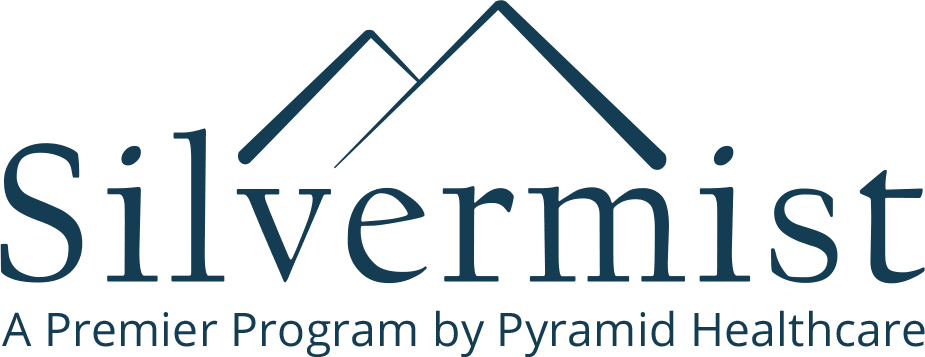
Recovery is possible for people living with complex PTSD (C-PTSD). Although this condition is challenging, with proper support, individuals with C-PTSD can move towards resilience and healing. In this blog, we explore the nuances of complex PTSD, its criteria and effective treatment approaches.
What’s the Difference Between Complex PTSD and PTSD?
While both complex PTSD (C-PTSD) and post-traumatic stress disorder (PTSD) stem from exposure to traumatic events, they have a few key differences. PTSD typically arises after experiencing a single traumatic event, such as combat, natural disaster or assault. This leads to symptoms like flashbacks, nightmares and hypervigilance.
Complex PTSD, however, results from prolonged or repeated exposure to trauma, often occurring in childhood or over an extended period, such as repeated abuse, neglect or captivity. Individuals with C-PTSD may experience a broader range of symptoms, including disturbances in self-identity, emotional regulation and interpersonal relationships.
Complex PTSD Criteria
The criteria for diagnosing complex PTSD, as outlined in the Diagnostic and Statistical Manual of Mental Disorders (DSM-5), include:
1. Exposure to Trauma: Persistent exposure to interpersonal trauma, such as physical, emotional or sexual abuse, during either childhood or adulthood.
2. Dysfunctional Self-Regulation: Difficulty regulating emotions, often manifesting as intense anger, shame or guilt. Individuals may engage in self-destructive behaviors or struggle with substance abuse.
3. Disturbances in Self-Identity: Feelings of worthlessness, shame or guilt stemming from the trauma. Individuals may have a distorted self-image and struggle with feelings of emptiness or dissociation.
4. Impaired Relationships: Challenges in forming and maintaining healthy relationships, characterized by mistrust, fear of abandonment, or difficulty in establishing boundaries.
5. Somatization: Physical symptoms, such as chronic pain, gastrointestinal issues or autoimmune disorders, may arise because of unresolved trauma.
Treatment for Complex PTSD
Living with complex PTSD can feel overwhelming, but there is hope for recovery through comprehensive treatment approaches, including:
1. Therapy: Psychotherapy, particularly trauma-focused therapy such as Eye Movement Desensitization and Reprocessing (EMDR) or Dialectical Behavior Therapy (DBT), can help individuals process traumatic memories, regulate emotions and develop healthier coping strategies.
2. Medication: While medication alone may not address the underlying trauma, certain medications, such as antidepressants or mood stabilizers, may help alleviate symptoms of depression, anxiety or insomnia commonly associated with complex PTSD.
3. Holistic Approaches: Integrating holistic practices such as mindfulness, yoga, and art therapy can complement traditional therapy by promoting relaxation, self-awareness, and emotional expression.
4. Supportive Relationships: Building a strong support network through family, friends and support groups can provide validation, empathy and encouragement on the journey to recovery.
5. Self-Care: Prioritizing self-care activities such as regular exercise, adequate sleep, a nutritious diet, and hobbies can nurture physical and emotional well-being and enhance resilience in the face of trauma.
Overcoming Complex PTSD
Recovery from complex PTSD is not necessarily linear and may require patience, perseverance and support along the way. However, given effective treatment and the right support, individuals living with complex PTSD have an opportunity for growth, resilience and transformation. With dedication and resources, they can reclaim their lives, cultivate meaningful connections and discover newfound strength within themselves.
Through a combination of therapy, medication, holistic approaches and strong support systems, individuals can navigate the path from surviving to thriving, reclaiming their sense of self, and fostering resilience in the face of adversity. Remember, healing is possible, and no one has to face this journey alone.
